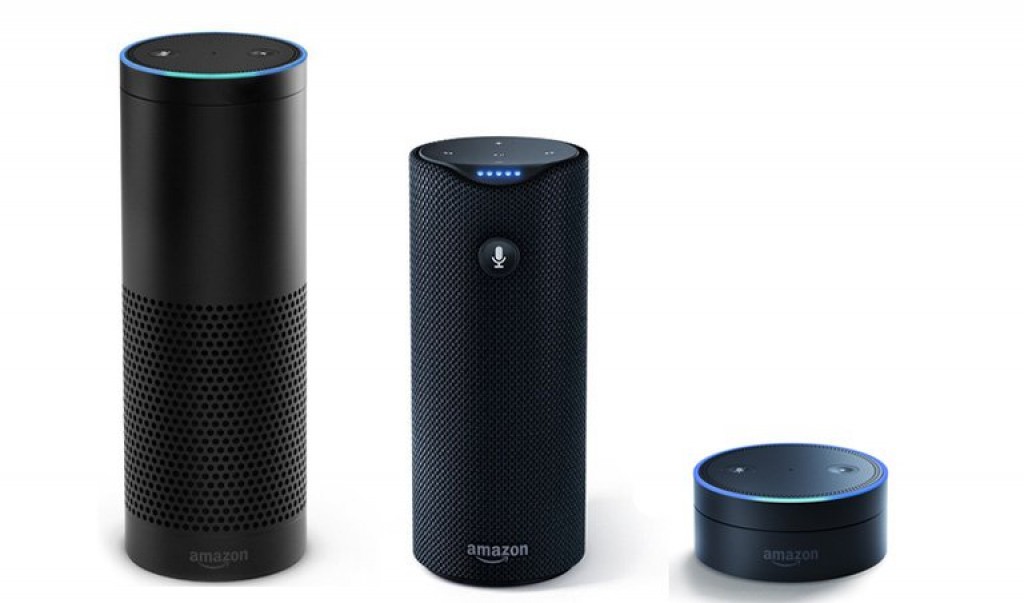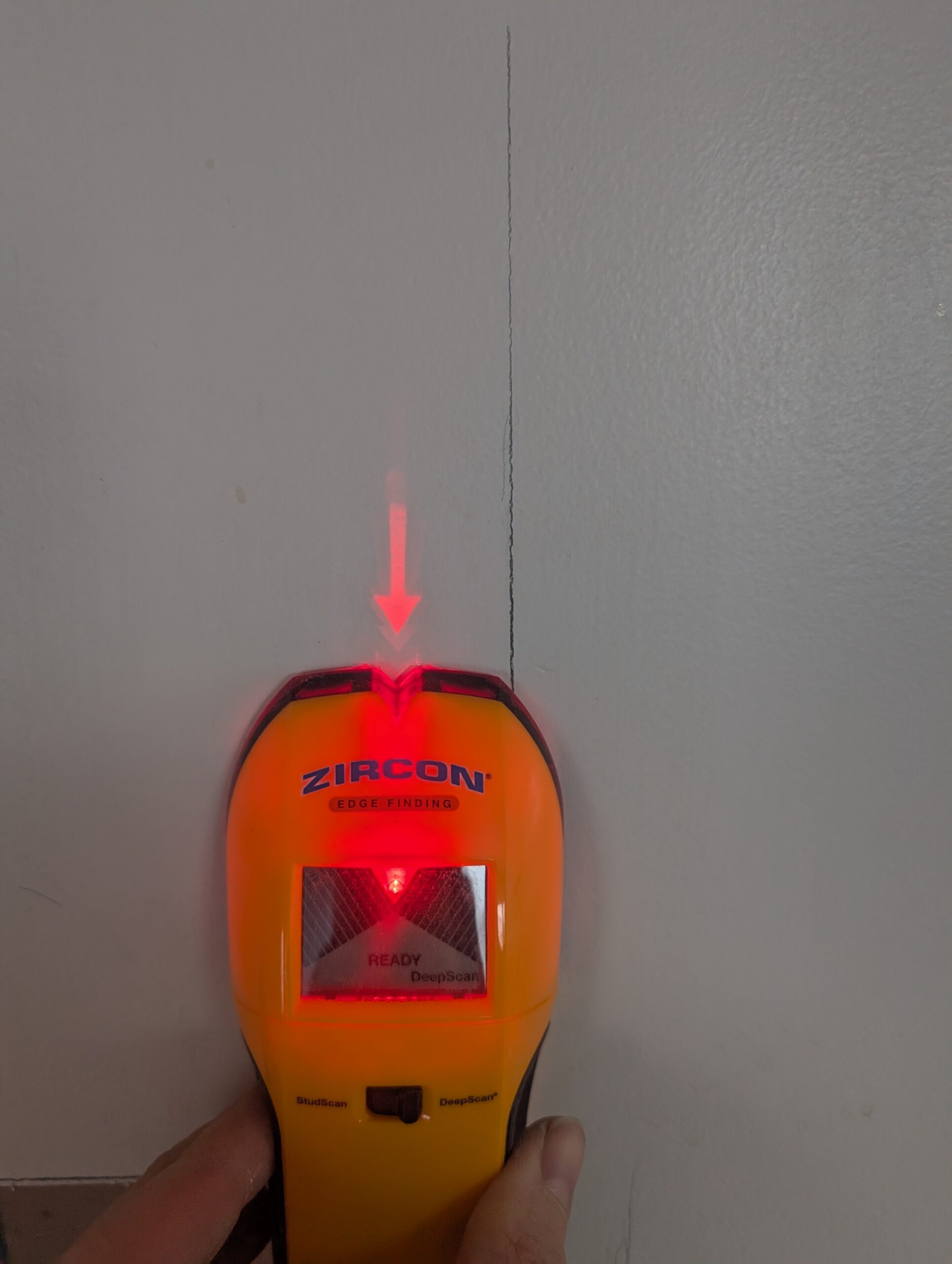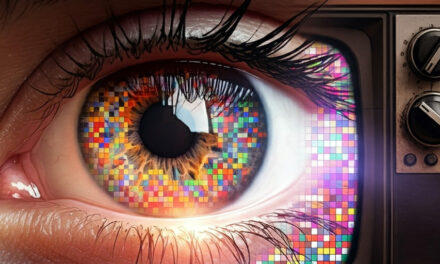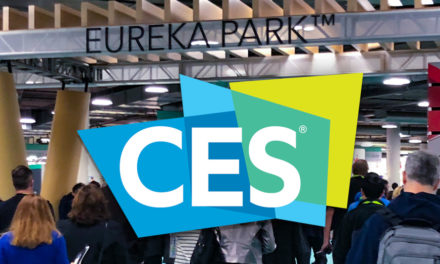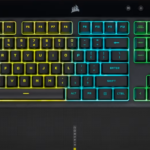Emojis, once a relatively obscure feature exclusive to Japanese cell phone carriers, entered the mainstream just under a decade ago when Apple added cross-platform Unicode support for emoji characters in iOS 5.1. Android quickly followed suit, and in short order, emojis were elevated to an absurd level of cultural awareness with branded merchandise, and even a blockbuster film.
Along the way, many many new characters have been added representing various animals, food, and facial expressions. There are a few characters however, which harken back to emojis’ early iterations that confound us by their existence. Let’s try to untangle the mystery of some of the most obscure emoji characters.
1 – Levitating Man

The quintessential obscure emoji, this bizarre floating man has haunted our dreams since the early days of emojis. This strange character was ported to the emoji standard from Webdings, an early precursor to emoji known as a dingbat font. The original creator of Wingdings probably gave little thought to its inclusion, and was apparently a reference to British Ska band album art.
The fact that an obscure album art reference made its way all the way into a ubiquitous standard of communication is one of the many charming quirks of the digital age we live in.
2 – Minidisc

Nope, that’s not a Compact Disc. It’s not a Floppy Disc either. In fact, if you weren’t an audiophile in the mid to late nineties, you may have never seen one of these in person. Known as a Minidisc, this obscure audio format came at the intersection of Compact Discs and digital MP3 players. The Minidisc never gained much traction in the US, but they were very popular in Japan, where the original emoji character set was formed. Now an obsolete relic, the Minidisc will be forever memorialized in the form of a useless emoji.
3 – Name Badge
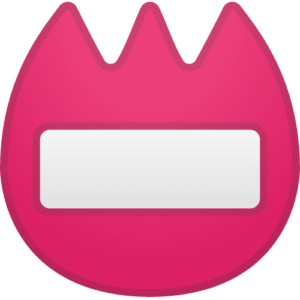
Nope, that’s not a new boss character in the latest Among Us expansion. It’s not a fire hazard sign either like I had originally guessed. Another Japanese cultural oddity, the name badge emoji represents a tulip shaped name tag commonly used in Japanese kindergartens. Some emoji character sets have westernized the design into a more conventional “Hello my name is” style name tag.
4 – On Arrow

The meaning of this emoji was hard to track down. All the official specifications simply describe it as the letters “O” and “N” with an exclamation point and a double-headed arrow on top. While people use the emoji for different purposes, including an encouragement or challenge (“It’s on!”), the original intention seems to be an indication of a power state on (as opposed to off).
5 – White Flower

Not to be confused with the several emojis that represent literal flowers, this character has a more abstract design, and is sometimes seen with Japanese characters in the center. Yet another Japanese cultural reference, this cherry blossom design represents a stamps that Japanese teachers sometimes use to indicate that a student has performed exceptionally well on an assignment.
6 – Nazar Amulet
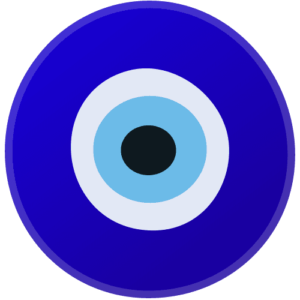
A nazar is a traditional Turkish amulet that is said to protect the wearer against the evil eye, a superstitious curse that is cast by a malevolent glare, usually when the victim is unaware. There are several cultural interpretations of the evil eye, and equally many supposed remedies. In fact the hamsa, another amulet which is said to offer the same protection, will be coming to phones as part of the 14th revision of emoji.
7 – CL Button

Another relic from the original emoji specification, the “CL Button” is used to represent a “Clear” button, a common feature of older cellphones. Nowadays phones don’t include “Clear” buttons, so it has fallen out of favor.


